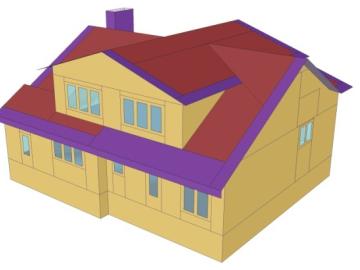ORNL's Communications team works with news media seeking information about the laboratory. Media may use the resources listed below or send questions to news@ornl.gov.
411 - 420 of 1144 Results
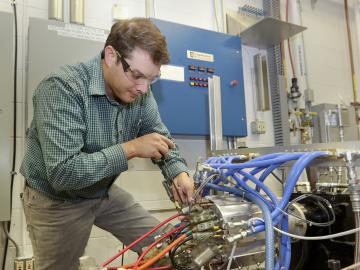
A new motor developed by researchers at Oak Ridge National Laboratory achieved 75 percent higher power than a comparably sized commercial motor for electric vehicles. The prototype motor uses ferrite, iron-based, permanent magnets instead of the expensive imported rare earth perma...
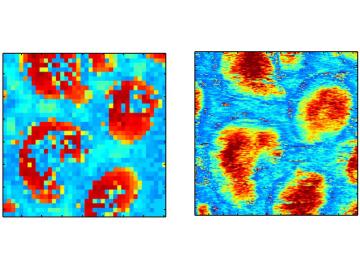
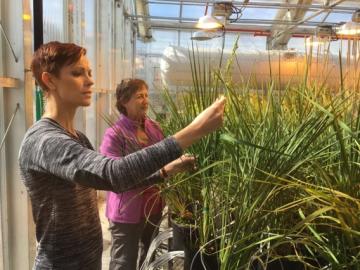
Livestock may soon be getting more nutrition from forage feed thanks to an invention from the BioEnergy Science Center at Oak Ridge National Laboratory and partners at the University of Tennessee and West Virginia University. Working with a population of poplar trees, the scientis...
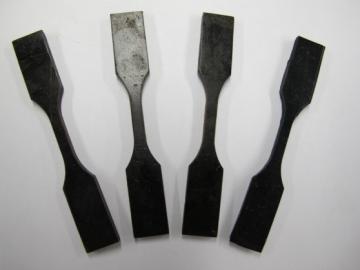
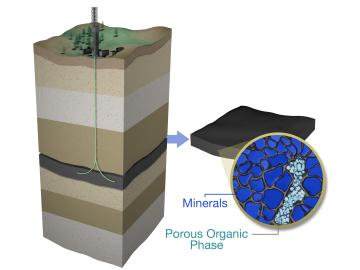
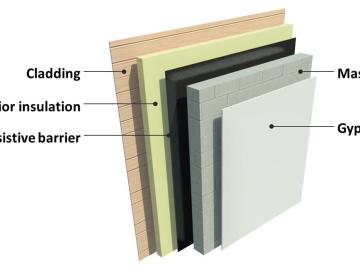
Oak Ridge National Laboratory will lead the 13th international conference on Thermal Performance of the Exterior Envelopes of Whole Buildings XIII on December 5-8 in Clearwater, Florida, an event that attracts building envelope experts from around the world to share state-of-the-art research and technology applications. One topic of interest will be a mold growth index model workshop, explaining the model’s development and application and providing examples of how MGI usage could vary depending on building materials.
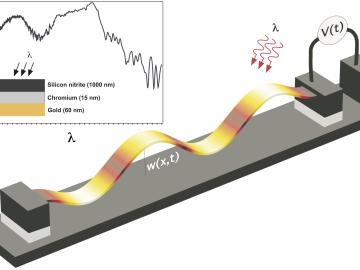

The development and maturation of automated data tools for cancer research, part of the objectives outlined in the White House’s Cancer Moonshot initiative, could give medical researchers and policymakers an unprecedented view of the U.S. cancer population—at a level of detail typi...

